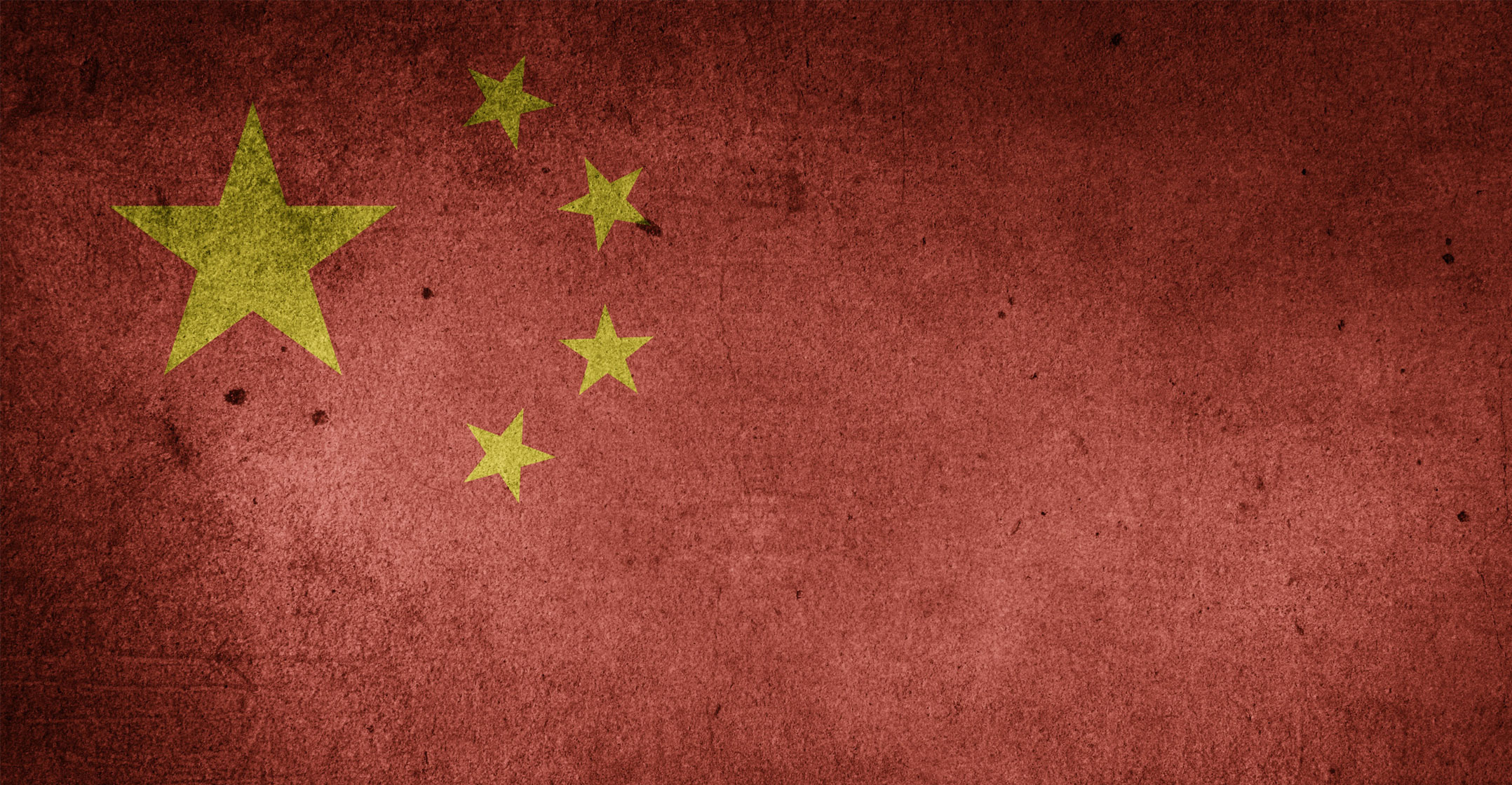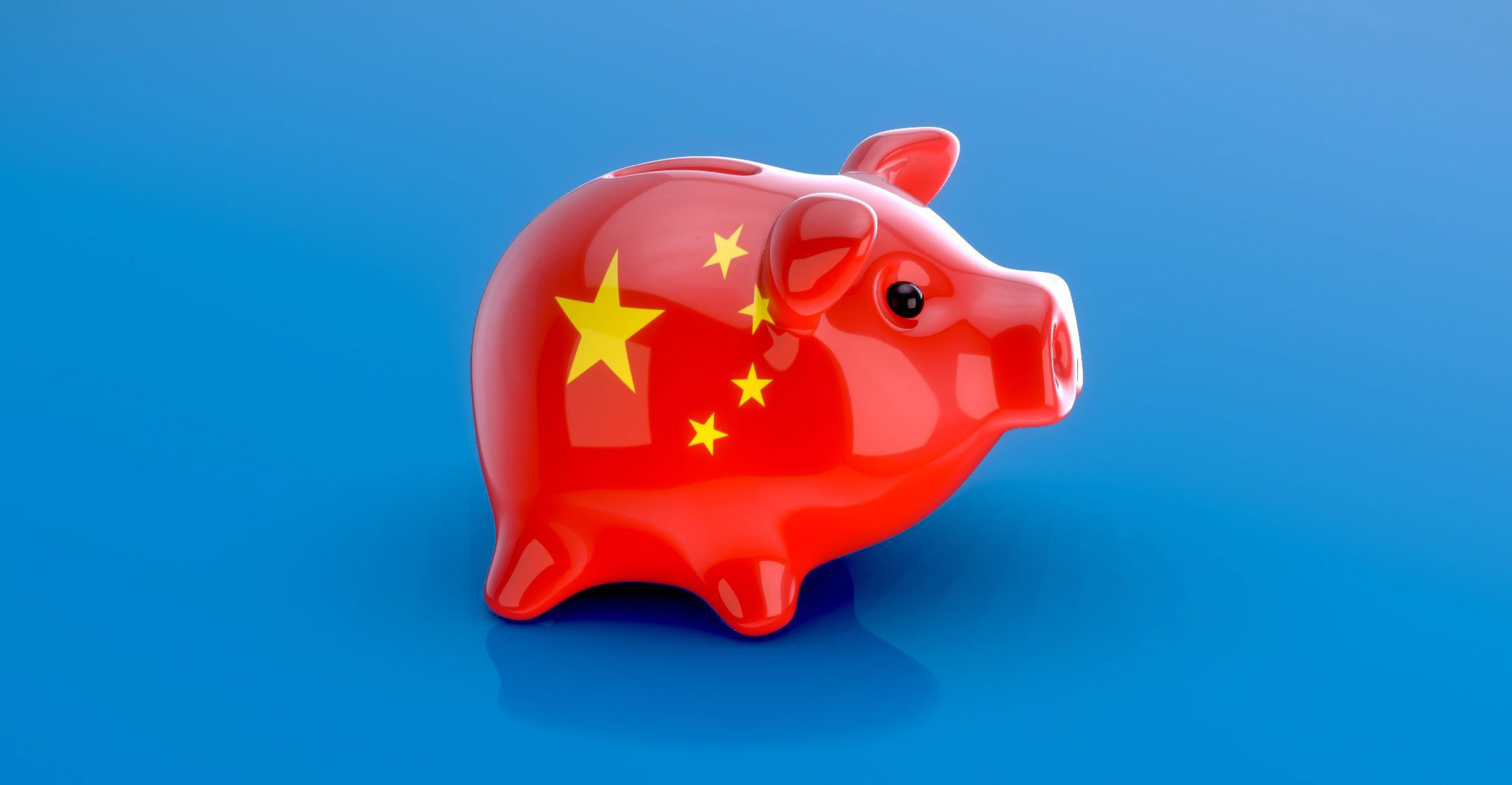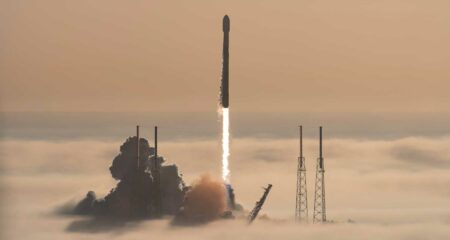 China’s economic recovery from the depths plunged during the Covid-19 pandemic has continued, providing support for a world economy suffering its deepest recession since the Great Depression.
China’s economic recovery from the depths plunged during the Covid-19 pandemic has continued, providing support for a world economy suffering its deepest recession since the Great Depression.
GDP climbed 4.9% in the third quarter from a year ago, according to data released in Beijing on Monday. That’s lower than economists forecast, but faster than the 3.2% expansion seen in the second quarter. Retail sales expanded 3.3% in September, industrial production grew 6.9% in the month and investment growth accelerated to 0.8% in the nine months to the end of the quarter.
Despite the weaker-than-expected GDP performance, output expanded 0.7% in the year to date, meaning that the world’s second largest economy regained all the ground it lost in the first half. Strong import growth in the third quarter may have dented the GDP number while still being a positive sign for overall output.
While Chinese stocks pared gains after the data, they remained above Friday’s close. The yuan was little changed, having briefly climbed to the strongest level since April 2019 as onshore trading started on Monday.
Underpinning the recovery has been an aggressive containment of the deadly coronavirus that has allowed factories to quickly reopen and capitalise on a global rush for medical equipment and work-from-home technology — a dynamic that helped exporters win record market share in the seven months to July.
“One of the reasons that headline GDP missed expectations is probably a strong rebound in imports, which contributes negatively to GDP,” said Liu Peiqian, China economist at Natwest Markets in Singapore. “That should not be viewed negatively, as strong growth in imports reflected recovery in underlying economic growth is strengthening.”
Robust spending
Shoppers have been more cautious, but robust spending through the recent Golden Week holidays suggest they, too, are starting to open their wallets again.
The recovery has come with relatively restrained government borrowing and central bank easing compared to China’s peers. Instead, the government has focused on targeted support for business, a contrast to how it responded to the global financial crisis.
“China is supporting the world in a different way from what it did after 2008,” said Shen Jianguang, chief economist of e-commerce giant JD.com. “A slowing economy means it could not afford another stimulus in 2020. Instead, it did its job by serving as the ‘supplier of last resort.’”
 Central bank governor Yi Gang said on Sunday that China has “proactive fiscal policy” and “an acommodative monetary policy to support the economy”.
Central bank governor Yi Gang said on Sunday that China has “proactive fiscal policy” and “an acommodative monetary policy to support the economy”.
“Right now, China has basically put Covid-19 under control,” Yi said in a webinar organised by the Group of 30. “In general, the Chinese economy remains resilient with great potential. Continued recovery is anticipated which will benefit the global economy.”
But the recovery isn’t without its holes. The economy was only 0.7% larger in the nine months to September than it was in the same period in 2019. At the start of the year the government expected full-year growth of around 6%.
And consumers have been slow to spend as they once did. Even with the virus under control, shoppers have spent about 9% less in the first eight months of the year compared to the same period last year.
It’s also unclear how durable the recovery will prove to be given domestic pressures from unemployment and rising corporate and household debt.
Much will also depend on how relations with the US evolve after November’s presidential election. Any worsening of trade frictions could throw a spanner in the export revival. At the same time, the resurgent virus in Europe and the US will complicate the global rebound and could impair China’s own recovery.
Global ambitions
Getting the economy quickly back on its feet is crucial to China’s global ambitions. They were hammered home last week by President Xi Jinping during a tour of tech hub Shenzhen, where he doubled down on calls to take the global lead in technology and other strategic industries.
Urging an “unswerving” commitment to technological innovation in a period of “changes unseen in a century,” Xi again promoted a need to become more self reliant, a policy that is expected to be a central part of a new five-year economic plan that will be discussed at a Communist Party gathering expected later this month.
That focus on driving growth in new economy sectors like consumption, technology and services means investment there is outstripping that in old sectors, making this cycle different from the credit and construction boom post 2008, noted Cui Li, head of macro research at CCB International Holdings in Hong Kong.
“An industrial cycle led by the economic upgrade and the absence of a large credit expansion will make this growth recovery more sustainable,” she said. “The Chinese recovery will sustain.” — (c) 2020 NewsCentral Media




